January 3: The Bridge Game and Crocodiles
Steven Dutch, Professor Emeritus, Natural and Applied Sciences, University of Wisconsin - Green Bay
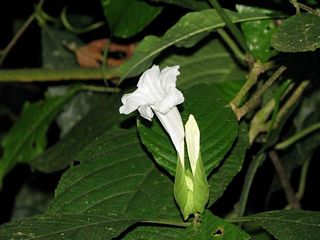 |
|
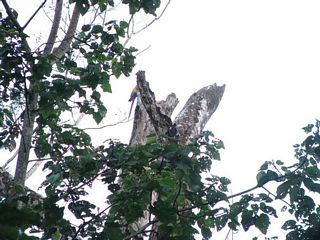 |
The macaws were out but we never got as good a view as we did on
January 2. Below: Prop roots and Buttress Roots. |
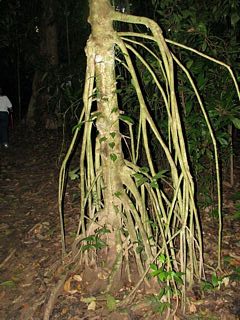 |
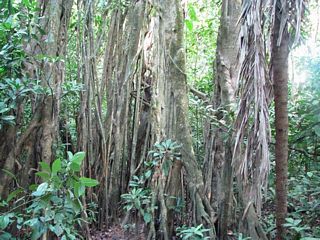 |
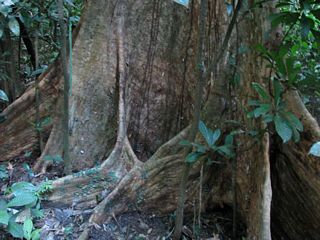 |
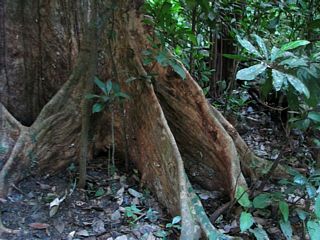 |
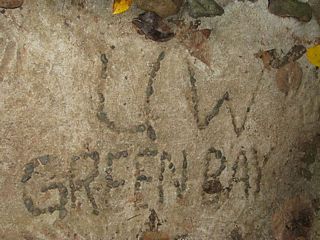 |
This bridge is a legacy from a past trip. |
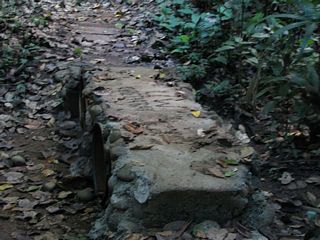 |
The UWGB Bridge |
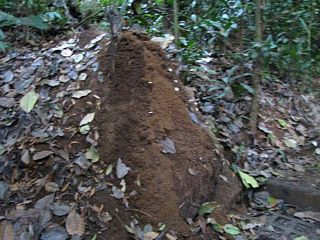 |
Termite mound Below: views of the canopy |
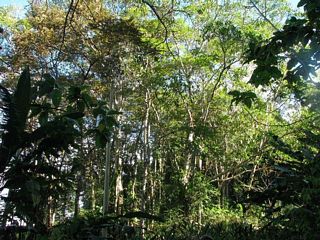 |
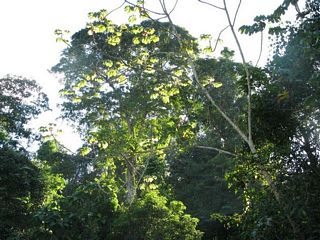 |
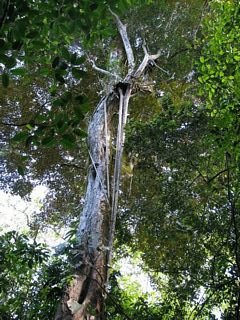 |
Left and below: strangler fig. |
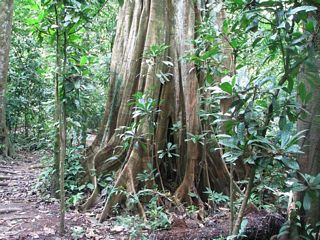 |
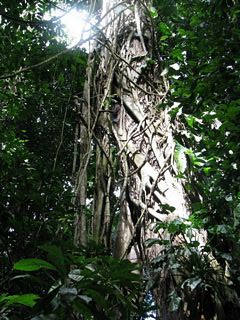 |
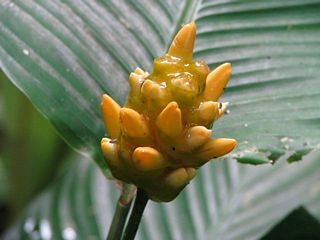 |
Palm fruit. |
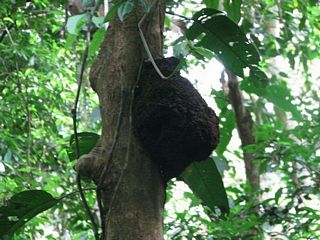 |
Termite nest. |
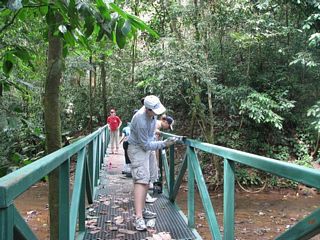 |
Part of the agreement with Carara National Park is that students
perform four half-days of work. This year the details included raking
trails, painting the Quebrada Bonita Bridge, and beginning work on repairs
to another bridge. Maintaining structures here is a constant battle
with the Second Law of Thermodynamics. Below: Quebrada Bonita |
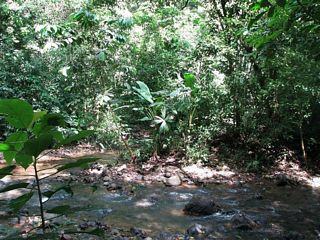 |
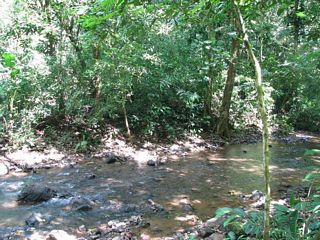 |
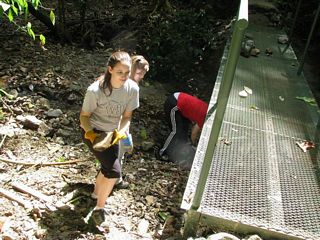 |
Sara Glaeser hauling rocks. The rocks are for the foundation of another bridge. |
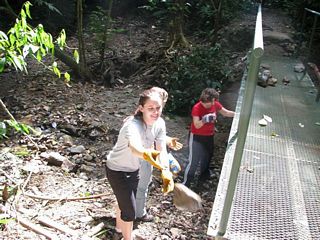 |
Throwin' rocks at the professor? Ooh, you better believe that's a flunkin'. |
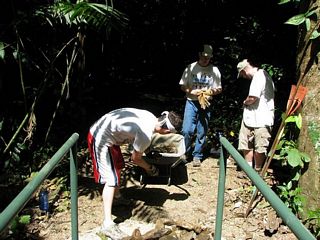 |
Jesse Berger piling rocks. Matt Dornbush and Phil Hahn assisting. |
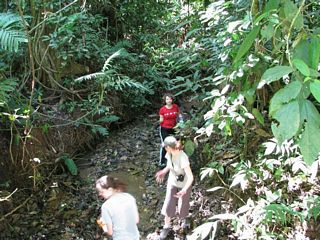 |
Alice Billing (in red), Teresa Arnold (in the cap) and Sarah Glaeser
formed a human conveyor belt. Below: loading rocks. |
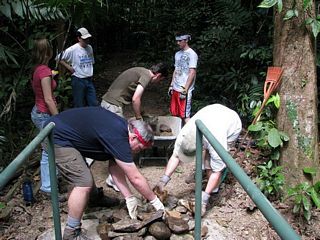 |
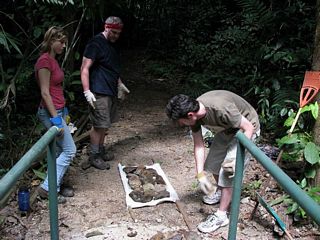 |
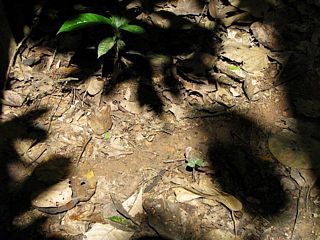 |
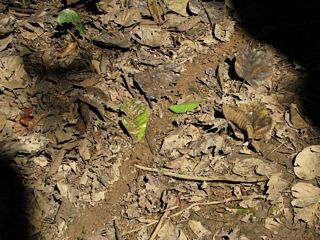 |
| Above: ant freeways | Below: iguana |
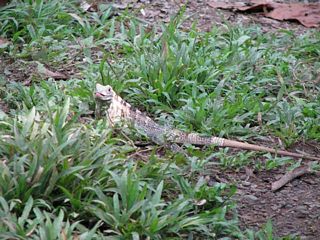 |
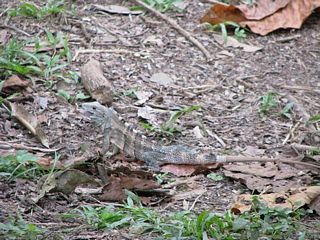 |
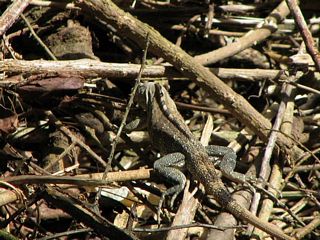 |
Left: the iguana seeks cover in a pile of debris. Below: an urticating caterpillar. The spines are venomous and break off in the skin, leaving you in a world of 'urt. |
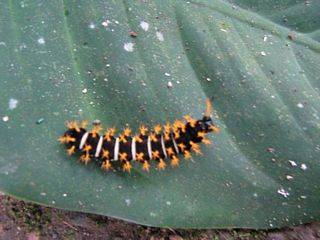 |
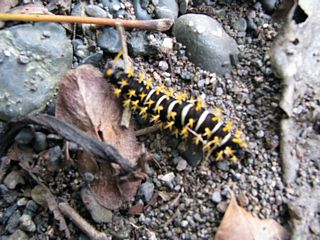 |
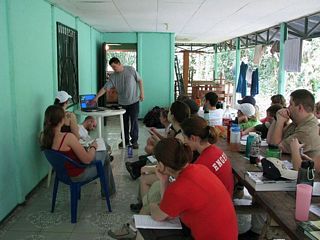 |
Matt Dornbush explains the rules of the plant scavenger hunt, which
was to find representatives of ten plant families. We figured out that the key to botany was to mumble a few syllables and add "-aceae" at the end. For ornithology, it's "-formes," for geology, "-ite." |
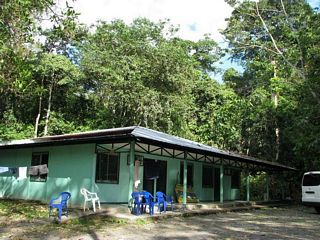 |
The Research Station |
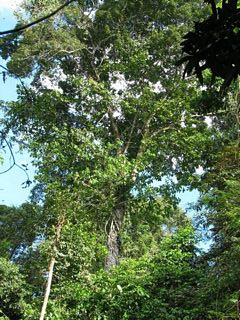 |
The canopy over the Research Station. |
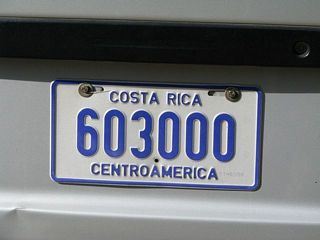 |
Costa Rica license plate. |
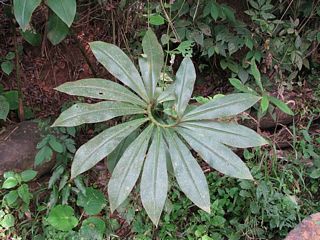 |
Wild Ginger. We never saw the Professor or Gilligan. Below: the Visitor Center, about 800 meters or half a mile north of the Research Station. |
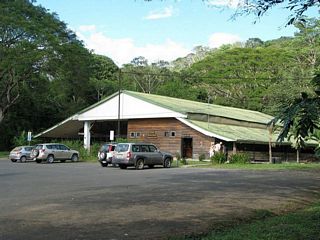 |
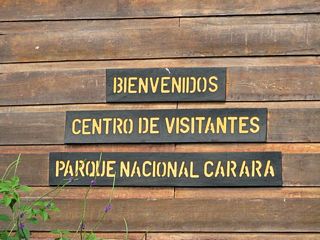 |
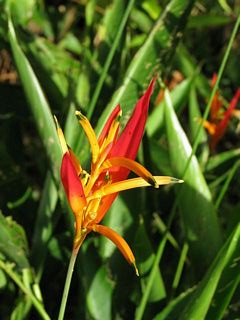 |
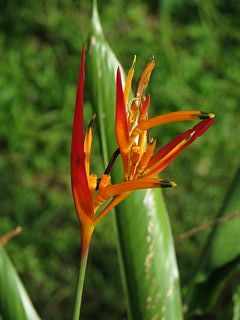 |
| Above: heliconians | Below: Iguana (left) and ctenosaur (right). I nicknamed the ctenosaur Fred. |
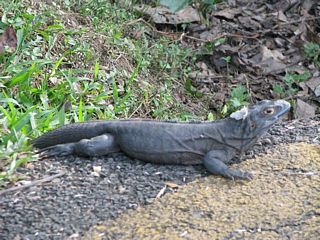 |
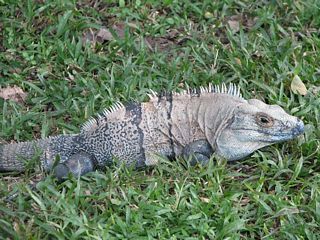 |
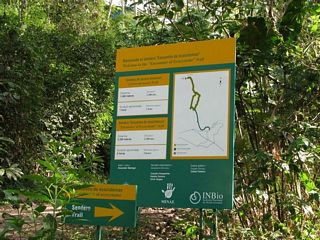 |
The trail from the Visitor Center leads south to Quebrada Bonita
and the two loops near teh Research Station. Below: entrance to a leaf-cutter colony. Two streams of workers converge on the hole from opposite directions. |
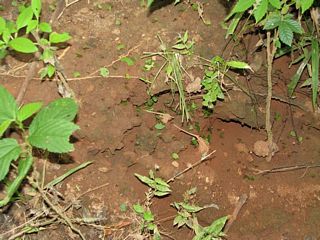 |
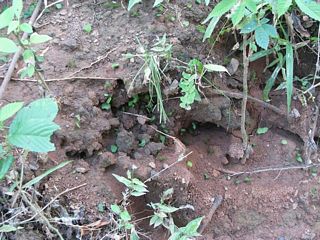 |
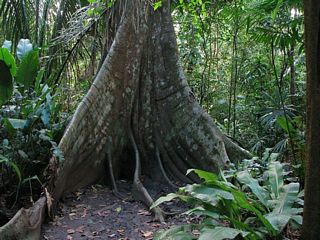 |
The forest north of Quebrada Bonita wasn't as intensively disturbed as the forest to the south so the trees are bigger. |
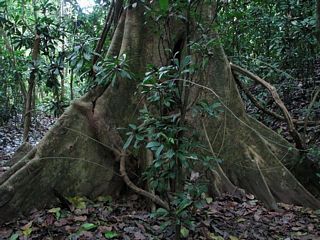 |
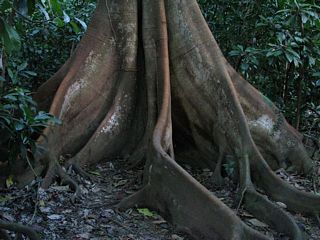 |
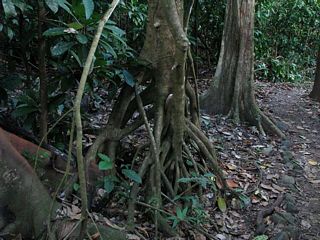 |
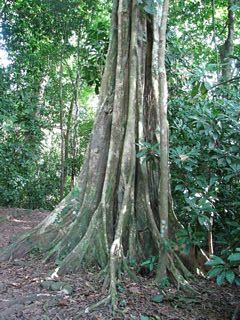 |
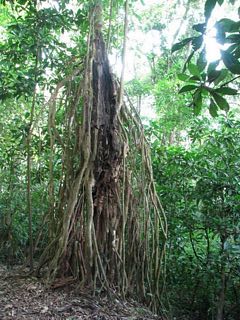 |
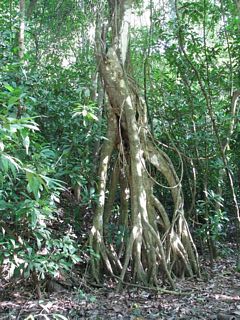 |
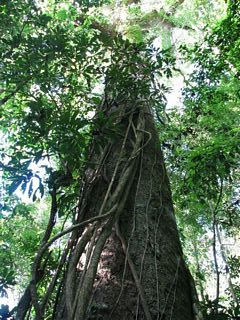 |
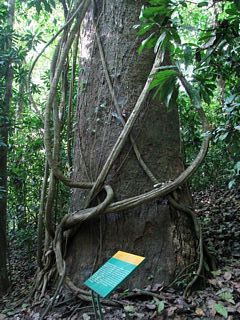 |
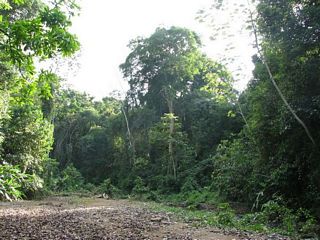 |
The trail provides access to Quebrada Bonita at a couple of spots. |
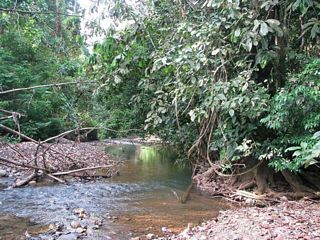 |
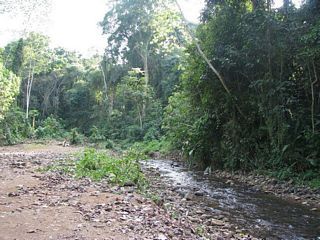 |
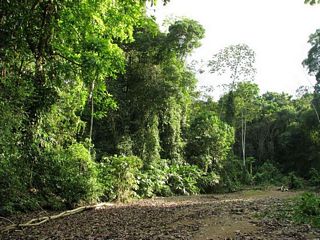 |
|
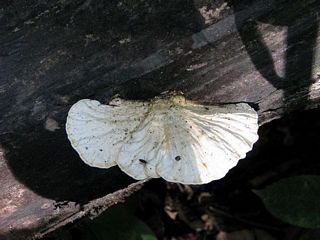 |
Bracket Fungus. |
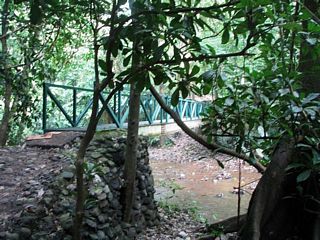 |
Freshly painted Quebrada Bonita Bridge. |
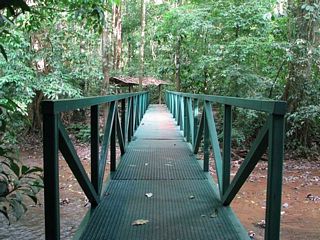 |
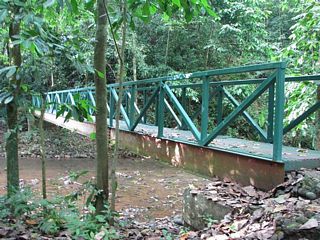 |
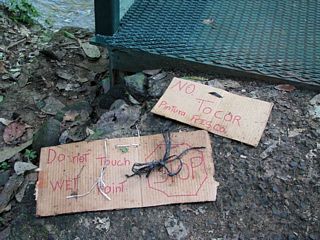 |
Wet Paint in English and Spanish. |
Tarcoles River and Crocodiles
I give you now Professor Twist,
A conscientious scientist.
Trustees exclaimed, "He never bungles."
And sent him off to tropical jungles.
Camped on a tropic riverside,
One day he missed his loving bride,
She had, the guide informed him later,
Been eaten by an alligator.
Professor Twist could not but smile,
"You mean," he said, "a crocodile."
---Ogden Nash
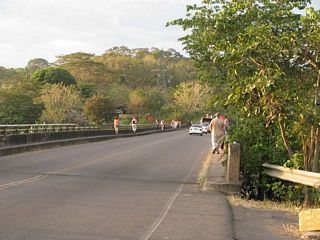 |
The Tarcoles River has one of the largest and most easily viewable populations of American crocodiles, and the bridge is a major stop for locals and tourists. |
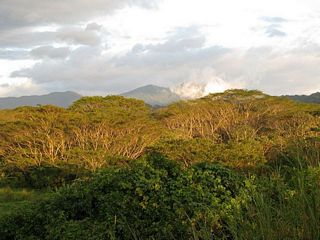 |
Left and below: views up the Tarcoles valley. |
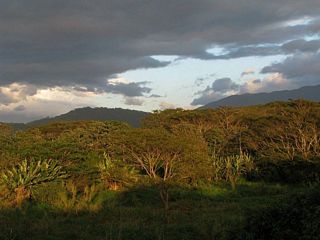 |
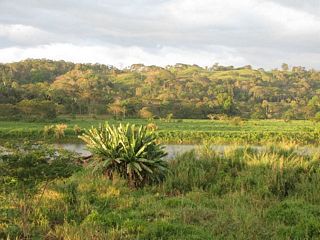 |
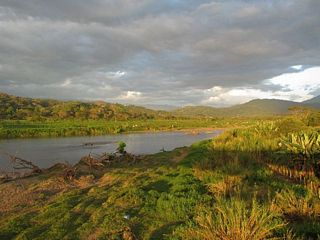 |
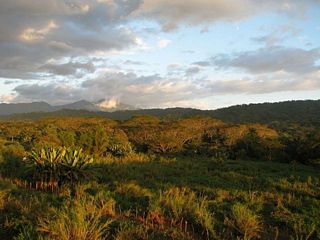 |
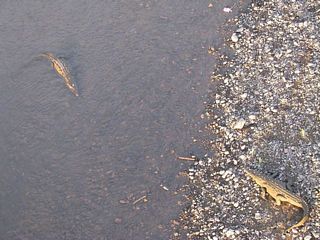 |
Left and below: crocodiles. Lots of crocodiles. |
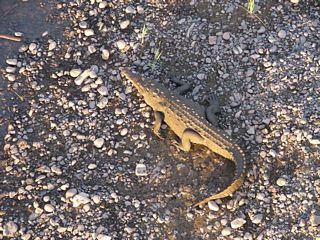 |
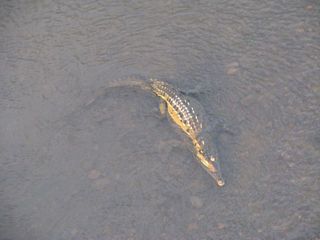 |
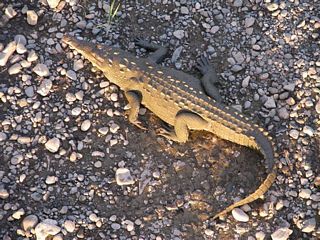 |
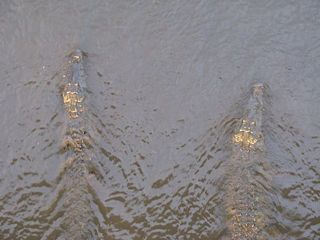 |
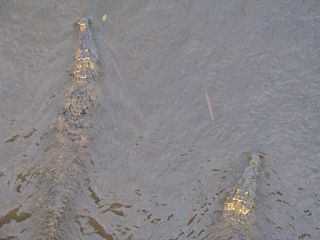 |
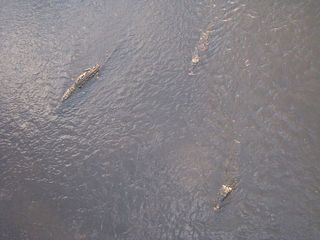 |
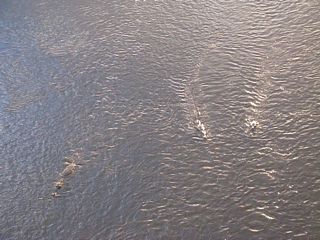 |
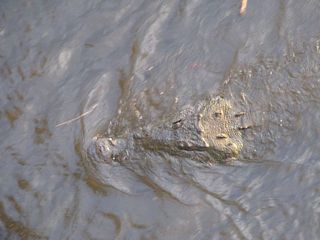 |
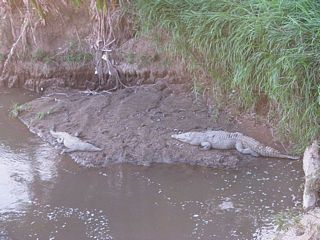 |
Below: sunset on the mountains. |
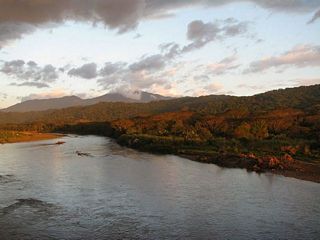 |
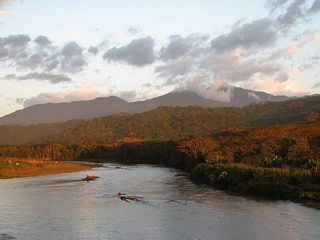 |
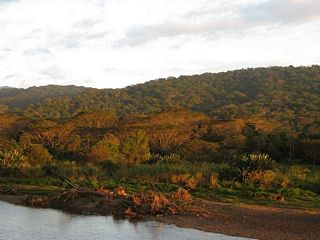 |
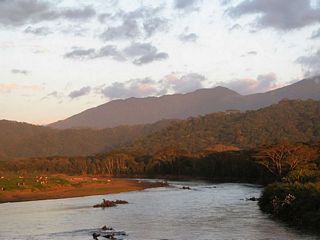 |
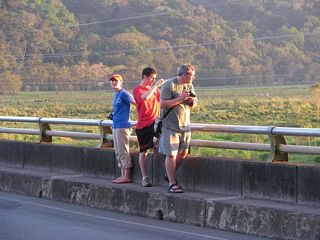 |
From left: Bridget Engebose, Jesse Berger and Dan Meinhardt. |
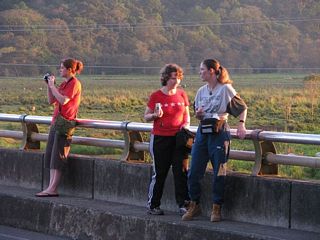 |
From left: Teresa Arnold, Alice Billing and Teri Huben. |
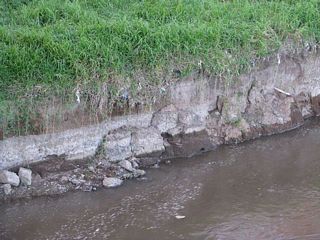 |
Terrace deposits on the Tarcoles bank. Below: west of the bridge the crocodiles lined up in formation. Five are easily visible in the first two pictures. |
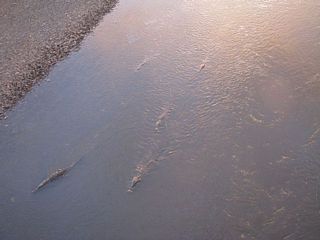 |
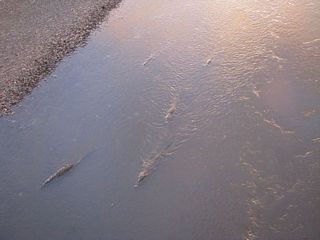 |
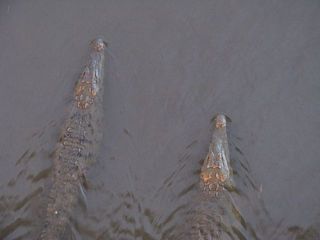 |
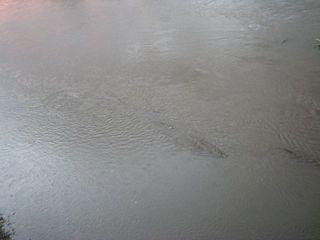 |
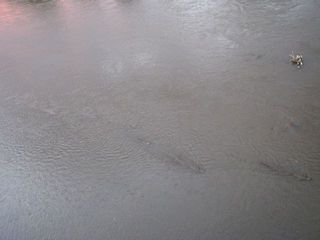 |
Below: when the cow comes down to drink, the crocs moo-ve out of the way. |
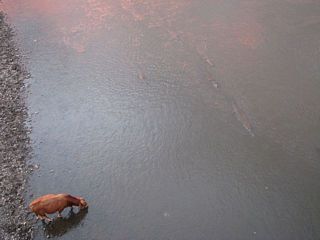 |
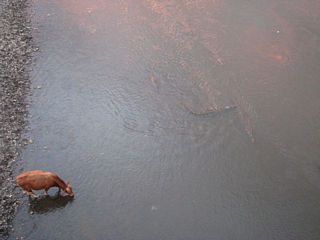 |
Tropical Sunset
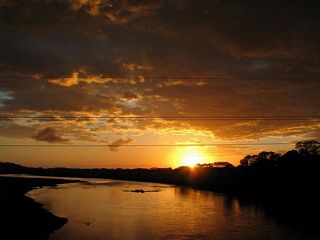 |
Our best sunset was this one on the Tarcoles. |
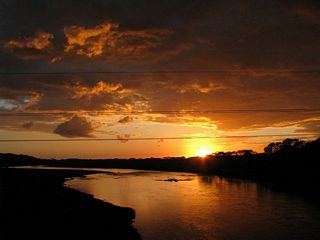 |
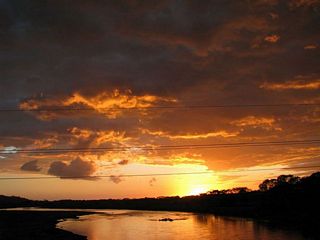 |
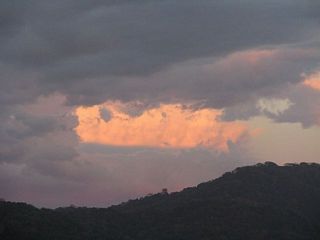 |
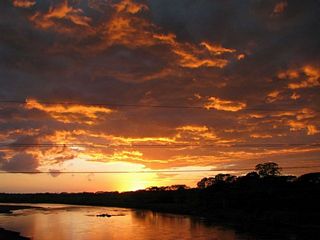 |
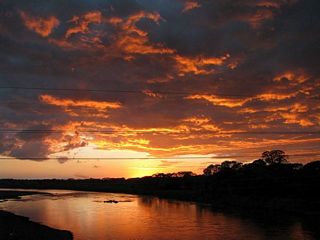 |
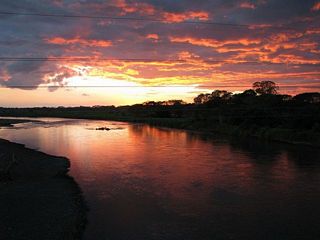 |
Return to Professor Dutch's Home Page
Return to Costa Rica 2008 Index
Created 18 January 2008, Last Update 11 June 2020